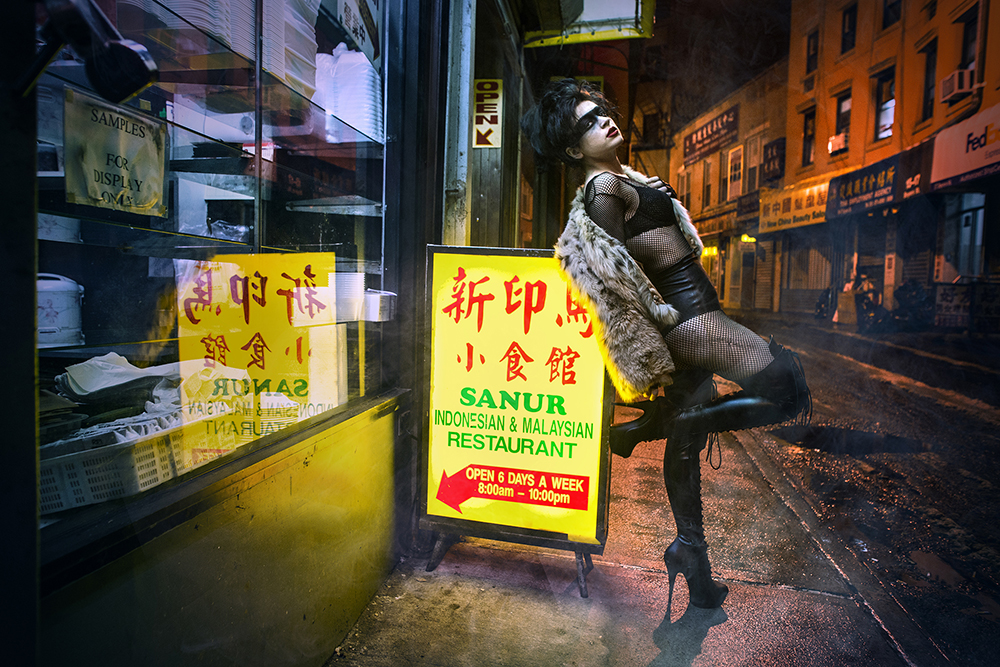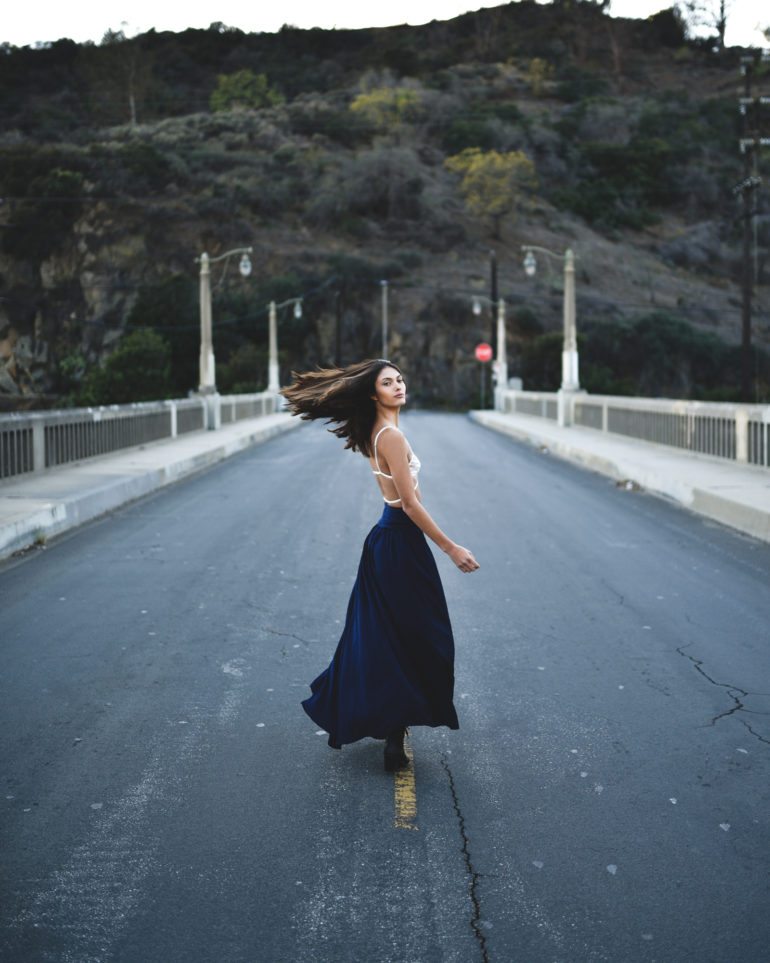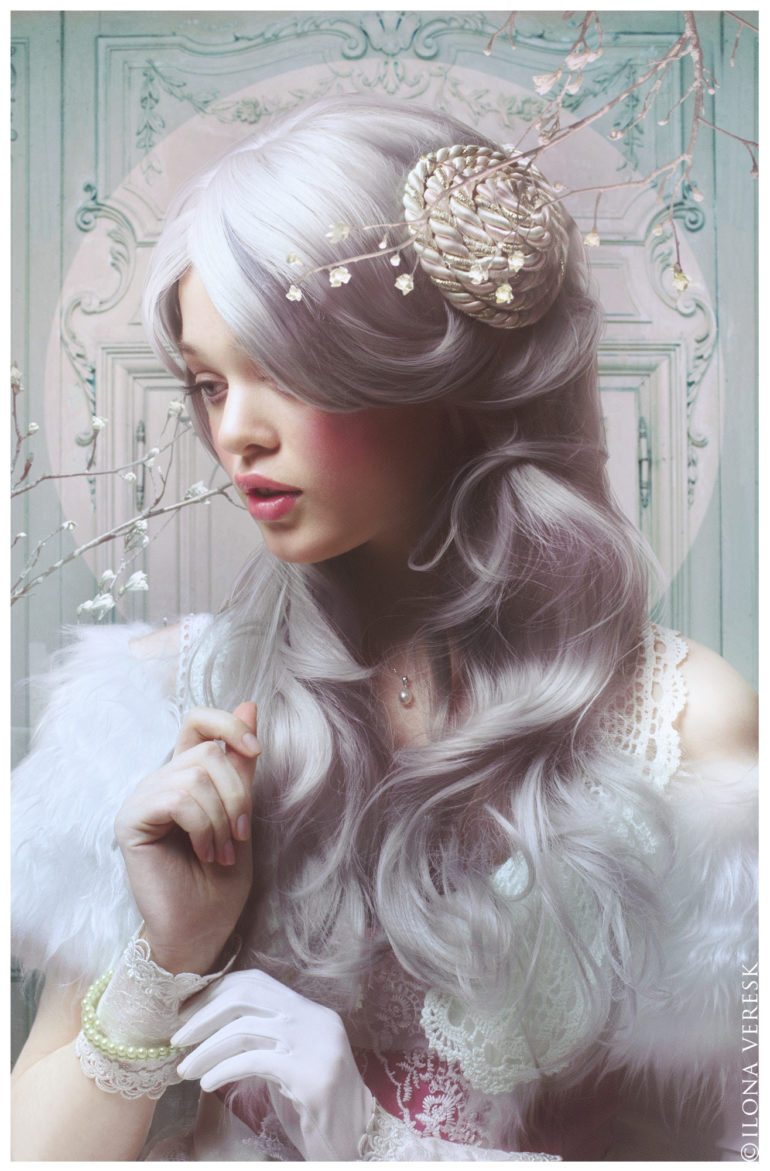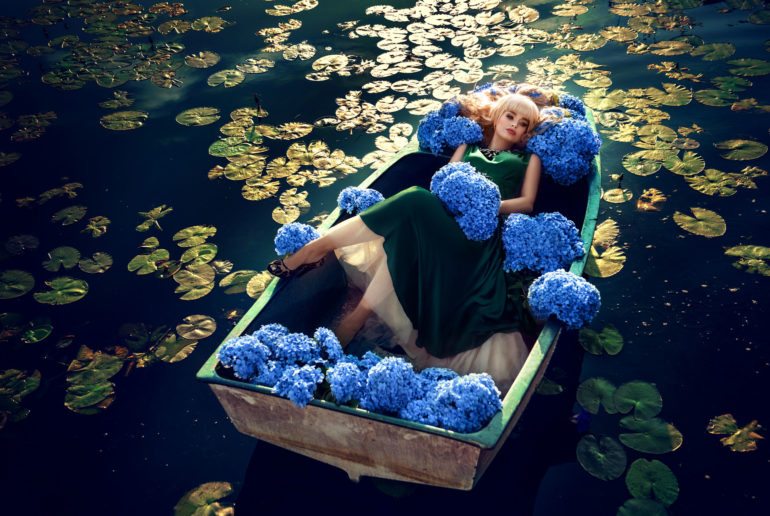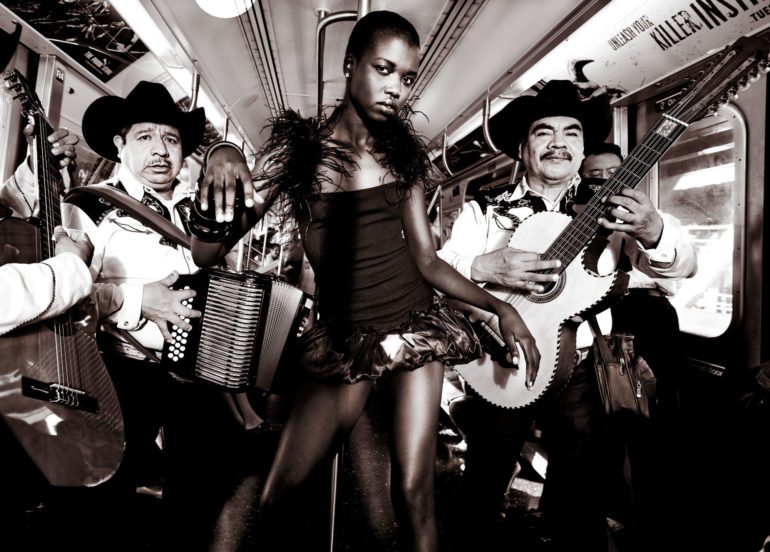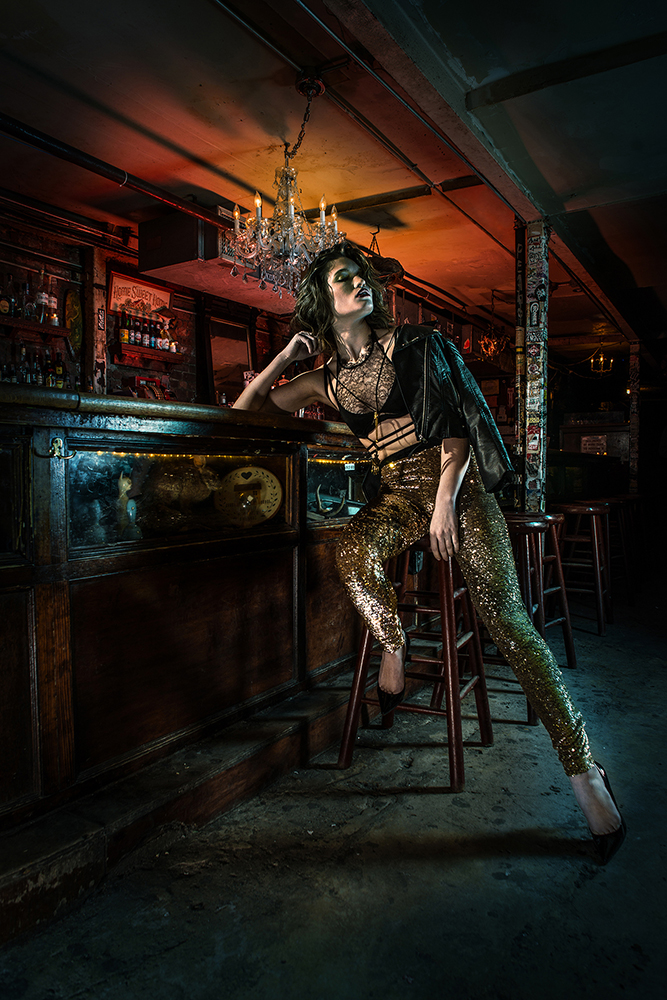Last Updated on 07/10/2020 by Chris Gampat
All images used with permission from the photographers. Lead image by Gina Manning.
Every photographer needs to overcome some sort of obstacle in order to grow. Whether you’re a professional trying to make it into an agency that will get you more work or you’re a portrait photographer that wants more followers on Instagram, you’ve got to figure out a way to overcome these roadblocks. We talked to different fashion photographers about how they went about overcoming some of these obstacles and what they were.
“What was the most difficult thing that you’ve had to learn in fashion photography, and how did you overcome that difficulty?
It’s all about relationships and how you grow those. There’s tons of good photographers out there. It’s what you do to stand out that makes you great.
The most challenging thing I had to master in fashion photography was how to unite disparate creative visions toward a single visual goal. Collaboration with hair, makeup, wardrobe, model and other members of the creative team must be directed and harnessed for a successful shoot! Now I have planning meetings, create mood/vision boards, and do as much planning as possible before the day of the shoot!
I think it was a start of working in fashion industry. That time then you want to shoot fashion, but you haven’t got the right contacts. Trying to get something “fashionable” from the people which I’ve worked with before was a bad idea, but OK for the start. It was the wedding stylists and make up artists for example that didn’t understand the “FFFAASHIIIION” I wanted from them. They just sit and shrugged their shoulders.
You can tell them what you need but you’ll never get a desired result.
But everything was decided only with time and your experience in this sphere.
One of the hardest lessons I have had to learn is to block out all the noise, and create what is in my heart. As I get so stressed my work is so different to everyone else and what they are doing. I can really stress myself out if I spend to much time on Instagram etc. So if I feel I am going into that negative space – I will literally delete it from my phone until I get my head back again. As 3AM and instagram can be a dangerous thing for ones soul.
Equally as important lesson for me. To always stay totally calm and be absolutely in control on set and during a shoot. As you are the main conductor. The tone, the energy, how everyone behaves is drawn from the photographer.
The world can literally be falling down around you and remaining calm and in control of the situation will dictate how the rest of the day progresses or the problem is solved. You need to be able to think creatively if a large problem arises.
I battle to sleep if I am in the middle of a big shoot, so I do lots of meditation and also yoga to switch my brain off.

The most difficult thing was the organizational side of a shoot; organizing and managing a team working on a shoot and make it all happen. There’s a lot of back and forth with models, MUA’s, stylists, etc. One thing that it requires is a lot of patience and determination.
That patience, you gotta find it within you:) ZEN practice lol.
I actually mentioned issues with models in our interview, them being late, etc, it’s really frustrating, but there’s no other way around it – you have to keep calm and be patient, that’s it. Working with professionals also helps.
There are many lessons as photographers we must learn but for me, the most difficult thing I had to learn in Fashion Photography was seeing beyond the camera and not ‘with’ the camera. I’ve shot with every medium/format possible and eventually learned to trust ‘my vision’ by accepting that all cameras (and lights) are imperfect tools. They can assist but should never direct the way I see the world.
I’d say the most difficult thing at the beginning of my career in the fashion industry was actually figuring out how to get in. Never having shot fashion before, I needed to put together a legitimate creative team without any previous fashion work to show I was capable of pulling it off. Often in our industry people won’t even talk to you if you can’t send them a solid portfolio. It’s the age old dilemma of not having the right stuff to get the right stuff: a vicious cycle. I instead had to invest my time into networking. This included talking out my ideas with the people I wanted to work with, showing them inspiration boards and just how determined I was. After a while, artists with much more experience than me at that time would join in on my creative photo shoots. This is because we had spent the time properly planning, prepping and visualizing the shoots. In the beginning — if you don’t have what you need, be professional, make the right people truly believe you can get it done, get them as excited as you are, do it right, and deliver!


